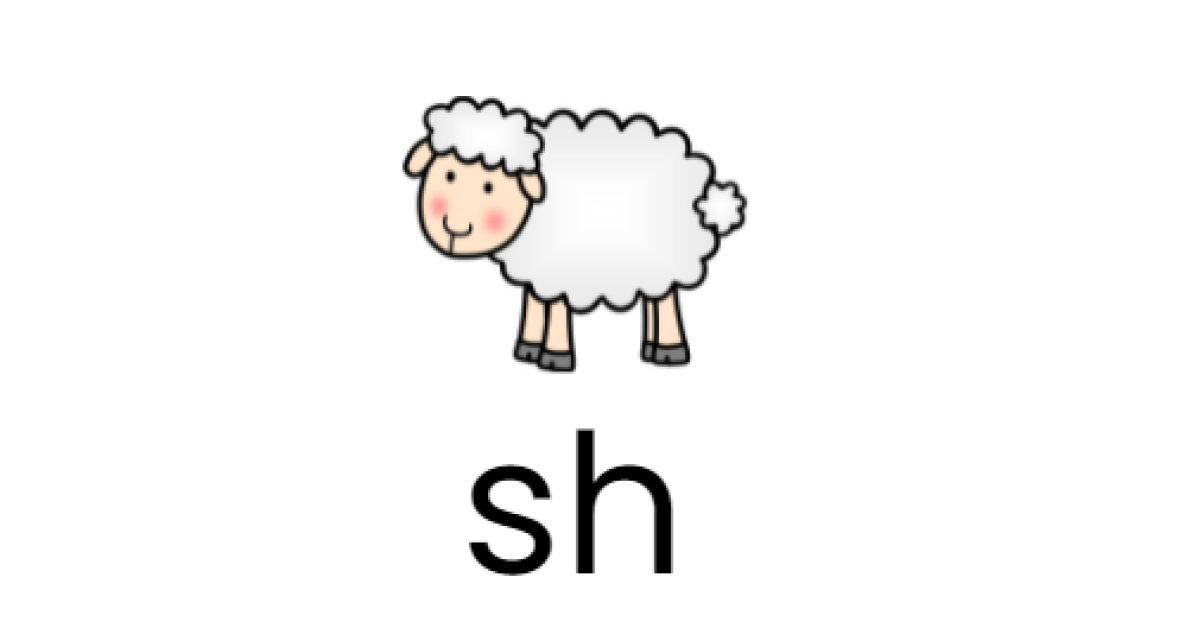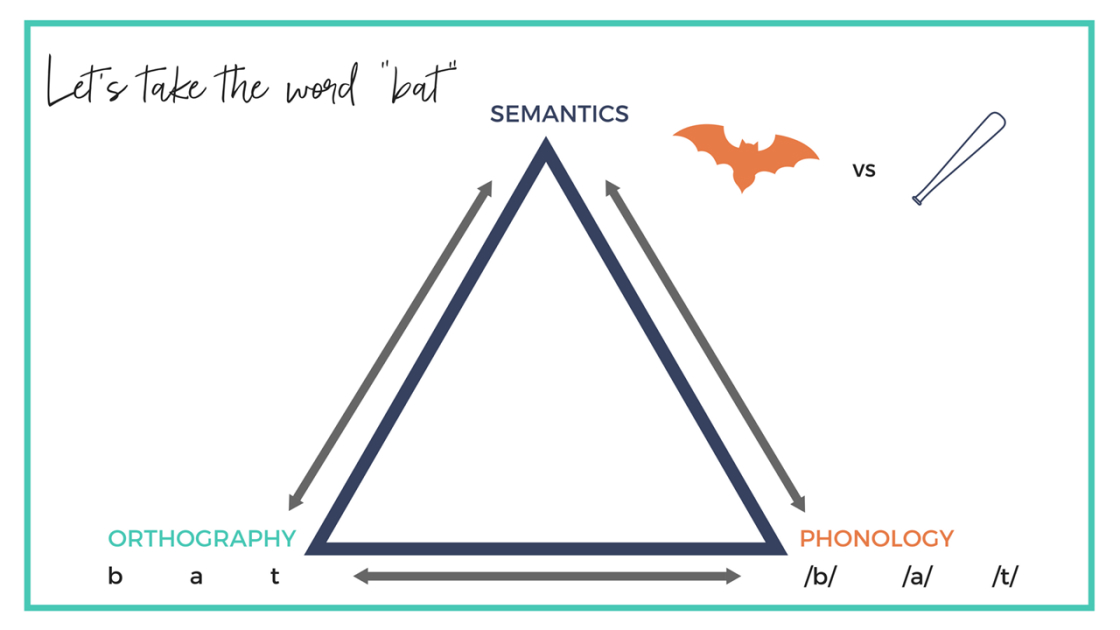The main challenges of IELTS reading and how to help students overcome them
- IELTS
- Cambridge English
- Teaching qualifications
- Tips & Strategies
- Methodology

14.07.2023
Reading rules help us not only to read and understand English but also to write and speak correctly. So what reading rules do our young learners and adult students need to know in order not to have difficulty reading? And how do we help them learn these rules? Let’s find out.
There are six of them in English: a, e, i, o, u, and sometimes y. When we pronounce vowel sounds, our lower jaw drops. With the help of vowels, words sound clear and understandable. Without them, they sound like mumbling. For example, try reading these two sentences:
It is clear that the last sentence is much easier to understand. And it demonstrates how important vowels are.
When we start teaching English letters, we have to explain to students that the letter is what we see and the sound is what we hear and say. What’s next:
Each syllable must have at least one loud sound. The vowel letter itself can be one syllable, as in u-nit or a-ni-mal, or combined with consonant letters and form a syllable, as in jet, nap-kin, fan-tas-tic.
Dividing a word into syllables makes it easier for students to read it and remember how to spell it.

Help your students become better readers
Learn how with our course!For example, in the word ‘rain’ we name letter a, and the letter i is silent. Here’s how to easily teach students this rule:
Children usually like to play such a game and repeat the rule. So they’re probably going to remember it.
Remember: this rule has exceptions.
For students who learn English as a foreign or second language, it is very important to remember the rule of short and long vowels.
If a vowel is followed by a consonant, usually the vowel sound will be short, as in CVC words(consonant + vowel + consonant) or СCVC words (consonant + vowel + consonant + consonant), etc.: cat, dog, pet, cut, ship, splash, sniff, etc.
If there is no consonant after the vowel, the vowel sound is usually long. For example: be, to, we, etc.
“Magic e”, “silent e”… this letter has different names when it is silent, i.e. it is not pronounced in words. If there are two vowels in one syllable, the second of which is the letter e, and it is preceded by a consonant, it gives all its strength to the first vowel. Then the first vowel letter becomes stronger and longer, and the letter e is silent, because it’s lost its energy.
For example:
It can be pronounced as [j], for example, as in ‘yellow’. It can also be pronounced [i] as in ‘happy’ or ‘baby’. Тhe third sound is [ai], as in ‘cry’, ‘shy’ or ‘try’.
If the word has only one syllable, and y is at the end of the word after the consonant, it is pronounced as a long vowel sound [ai]:
If a word has two or more syllables, and y is at the end of the word after the consonant, it is pronounced as [i]:
However, the latter rule has exceptions. For example, in the words rely or reply this letter is pronounced as [ai].
When we teach this letter, we can give students the task to sort words where the letter y is read as [i] or [ai].
Before reading the text, give students the task of underlining or circling words with the letter y at the end.
Looking for texts to read with students?
A digraph is a combination of two letters that correspond to one phoneme. For example, ch, sh, th, wh, dg, ph, ck, ss, ng etc.
They should not be confused with blends, in which all sounds are pronounced. For example, br/bl, gr/gl, etc.
We have already mentioned digraphs of vowels partially in Rule 3.
When you introduce a new digraph, use flashcards with the digraph and the corresponding image of the word, or a poster. First, you show a new sound, say a keyword, and say the sound aloud, showing the students a card with a phonogram. Your students repeat. Do this every day until you master this digraph.

Of course, you have to add the actual reading of words with digraphs and blends to your lessons.
However, when it comes to reading consonant blends, each sound in the blend should be highlighted in a different color to remind students that they are two sounds, unlike a digraph.
Useful resources:
It is important to understand that language is a triangle. The triangle is how our brain processes information. It is worth explaining this to our students.
We can help them by making it clear that we use our eyes to see letters, our ears to hear sounds, and our experience and knowledge of words to understand the meaning of the sounds we hear and the letters we see.

You can show this triangle to even the youngest students to help them understand how the different activities we do develop their skills in each of these areas. It is important to admit that learning letter combinations and digraphs requires the connection of the two lower processors in the triangle.
If you have students who have difficulty with blends or digraphs, you can help them by determining whether it is a breakdown of spelling (visual letter) or breakdown of phonology (sound picture).
Most words in English are subject to reading or phonic rules. But any exceptions to these rules of reading and spelling must be taught and memorized. These words are often found in lists of sight words or high-frequency words.
Sight words are common words that children are expected to recognize instantly. The most common of them: the, it, and. They appear so often that novice readers reach a point where we no longer need to pronounce those words. They recognize them by their appearance.
Creating a large database of sight words helps children start reading faster and more freely. Once children have mastered these words, they no longer need to stop combining sounds. And they don’t need to think about the rules of reading and spelling.
Other terms for sight words include star words, core words, and popcorn words. Why popcorn? Because they very often pop up when reading and writing.
Lists of sight words can be downloaded here.
Here are some ideas for teaching sight words:
In our next posts, we’ll talk about how to teach sight words in more detail.
We hope our tips will help you teach, and your younger and older students learn to read and write English better!
And now let's answer some questions to sum up all the rules we've been discussing.
What are some activities that can be done after explaining the concept of letters and sounds in English?
Why should children know about the language triangle?
Yulia Chorna
Author
DELTA Module 1, CELTA certified teacher of General & Business English
Comments
Leave your comment